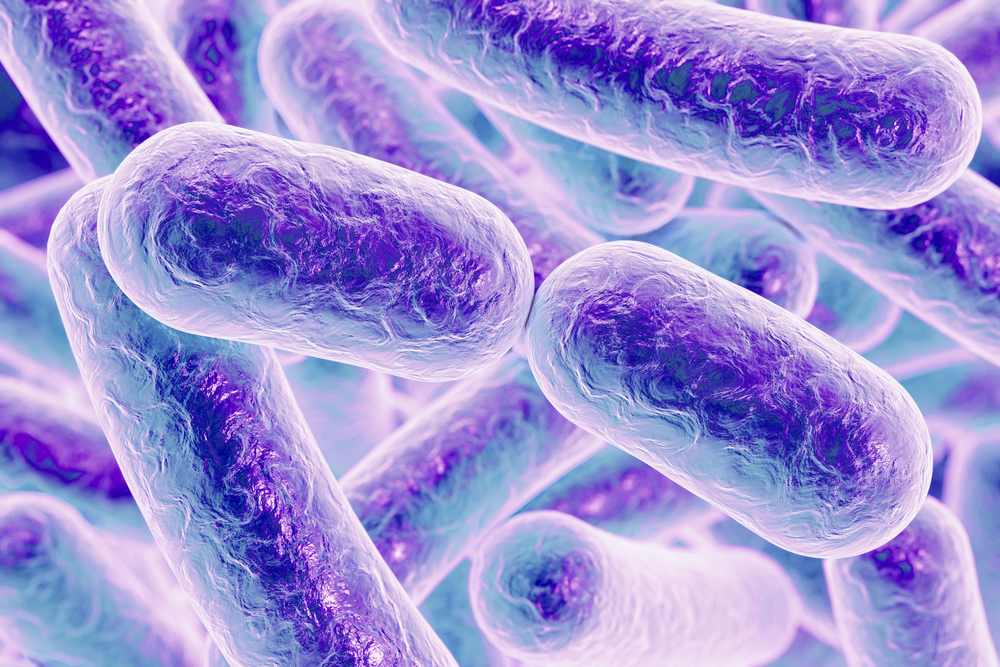Male Sarcoidosis Patients, Those on Immunosuppressive Agents Face Higher Risk for Severe Infections

Male sarcoidosis patients and those who use immunosuppressive agents — particularly Cytoxan (cyclophosphamide) — are more likely to get severe infections than women with the disease and those who don’t take such medications, a French study suggests.
The study “Severe infections in sarcoidosis: Incidence, predictors and long-term outcome in a cohort of 585 patients,” appeared in the journal Medicine.
Researchers Pitié-Salpêtrièr Hospital in Paris analyzed the outcomes of 585 patients with biopsy-proven sarcoidosis. Of the total, 315 (54%) were women) and 270 (46%) were men, with a median age of 38 years. Patients originated from Europe (53%), sub-Saharan Africa or the Caribbean (23%), North Africa (18%) or elsewhere (6%). Among this group, sarcoidosis affected lungs (60% of all patients); central nervous system (30%); heart (26%); skin (31%); eyes (26%); lymph nodes (24%); and bones and joints (19%).
“Each sarcoidosis patient with a severe infection was matched with four control subjects who had a sarcoidosis but no actual or past severe infection (controls) according to their sex, ethnicity, age at diagnosis of sarcoidosis, and corticosteroids treatment,” authors wrote.
After a median follow-up of eight years, researchers identified 38 severe infections. Most were infected with Mycobacterium, the tuberculosis-causing agent (14 patients), followed by infections by fungus (10 patients), and other bacteria (eight patients), virus (three patients) and parasites (one patient).
“Fungal complications were the most frequent nonmycobacterial infections in our experience,” researchers wrote. These findings agreed with previous studies, though the most severe fungus reported were Pneumocystis jirovecci while other studies reported Cryptococcus and Aspergillus. Among bacterial infections, they included mainly those caused by severe gram-negative infections, including Pseudomonas aeruginosa or Escherichia coli.
“Severe nonmycobacterial infections are observed in 3% and mycobacterial infection in 2% of our patients with sarcoidosis,” the study said. “Severe nonmycobacterial were mostly fungal and bacterial infections who represent half of all infections episodes.”
The analysis also showed that males were more likely to suffer severe infections than were women. Moreover, severe infections occurred predominantly in patients with neurological or cardiac sarcoidosis and in those treated with three or more immunosuppressive agents, particularly Cytoxan.
“Almost all severe nonmycobacterial infections occurred in patients treated with corticosteroids and/or immunosuppressive therapies, contrasting with previous reports who described opportunistic infections in treatment-naive patients with sarcoidosis,” authors wrote. Researchers said this was likely because of the high proportion of patients recruited who had severe extra-pulmonary symptoms, requiring immunosuppressive therapies and steroids in most cases.






